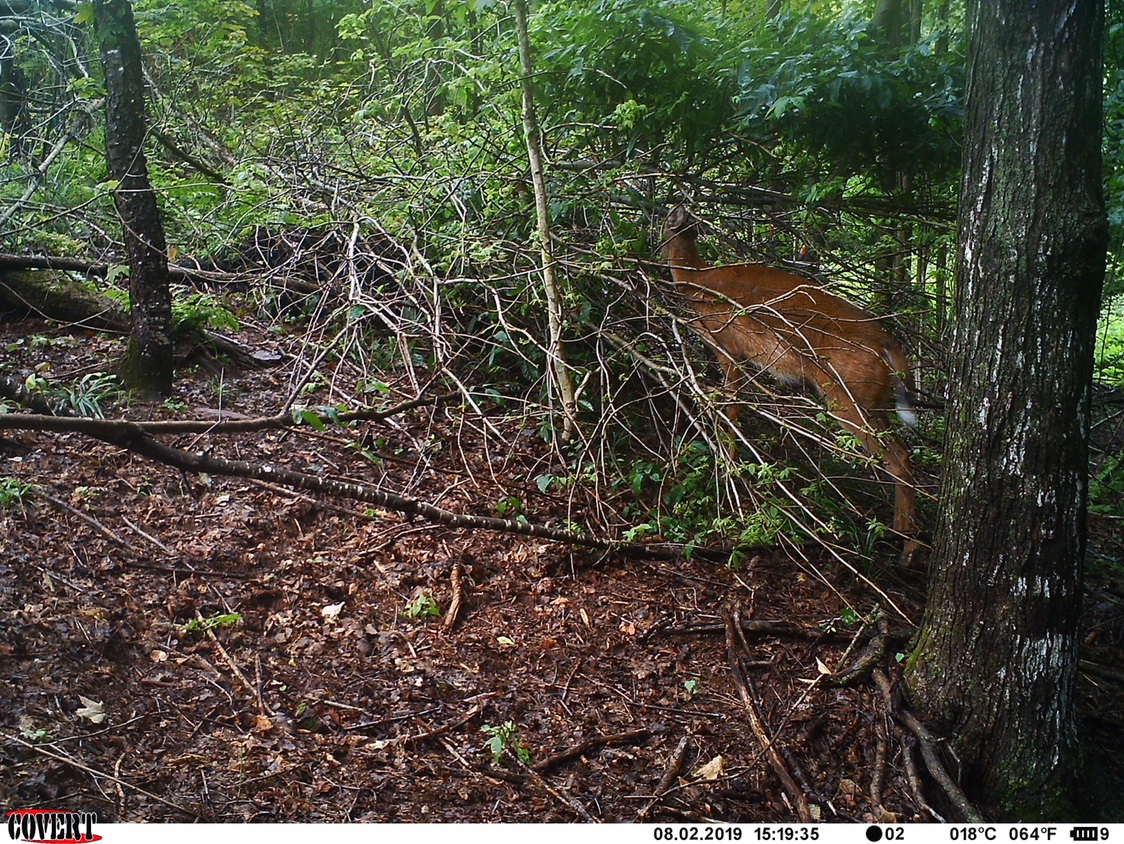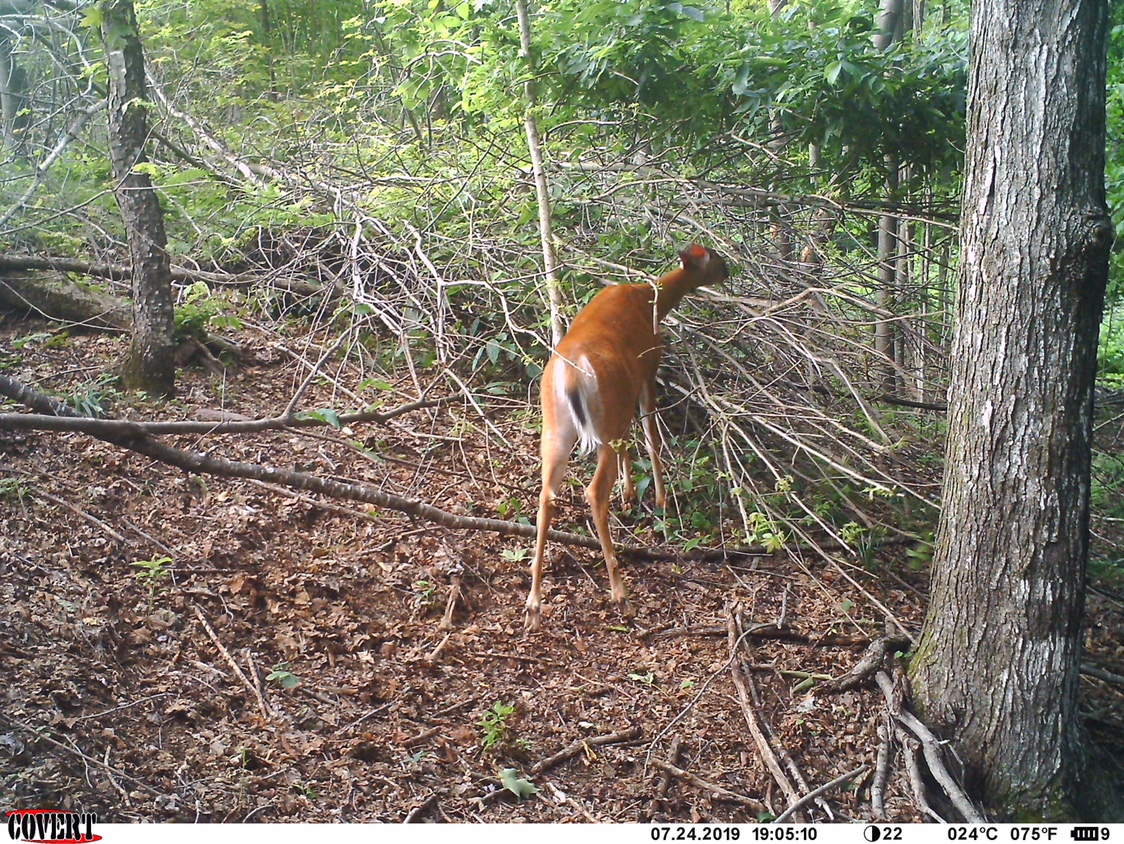Tap - Yes, we have black birch growing on our property. It's also known as sweet birch - the kind of tree they used to make birch beer from before artificial chemical flavoring. The wood is very hard and it's a great firewood once seasoned. That's why I mentioned it in post #24. I don't know if it's a great browse preference or not, but the deer seem to like hanging out in the young whips & saplings. Lots of rubs in there, and when the original trees were logged, it got pretty thick with birch whips in that area. Great cover.
I’ve been working on some TSI projects and black birch is one that I’ve been culling and controlling. I’ve been using hack and squirt and cut stump herbicide applications on them. They are not preferred browse and are very shade tolerant which is why they can form dense understory stands that impede regeneration of other more beneficial species.
I have cut quite a few and didn’t treat the stumps because it was early spring and sap flow was strong so it would have just pushed the herbicide right back out of the stump. I have noticed that some of the untreated stumps don’t even sprout (coppice), while others that do sprout don’t do so prolifically. those few that sprout don’t get browsed...even given the “mineral stumping” phenomenon.
I have also noticed that the trees I cut flush or very low to the ground rarely sprout. But trees that I have left a taller stump on tend to sprout more...albeit very weakly compared to other species. I’m not sure but my theory on it is that black birch may not have as many epicormic buds as other species do. So if you remove too much stump you have removed too many of those epicormic buds thereby reducing the ability of that stump coppicing.
Sent from my iPhone using Tapatalk







